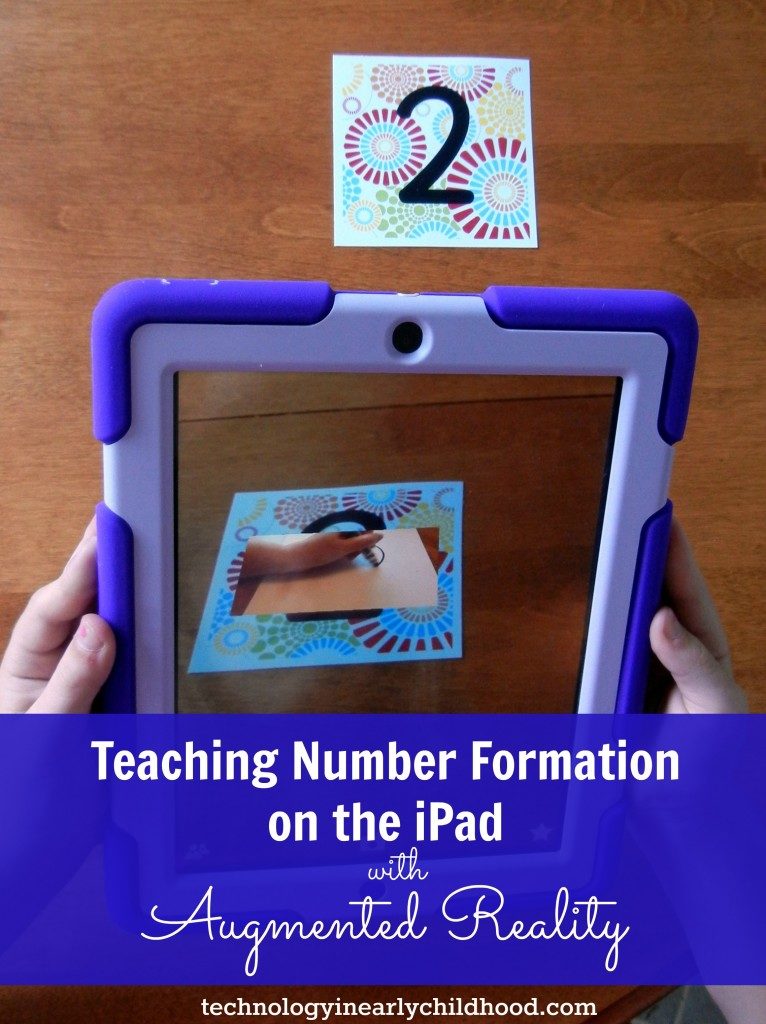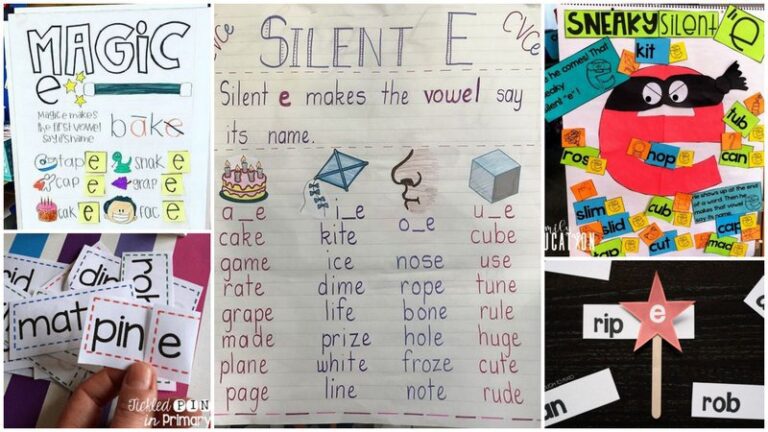Research suggests that optimal learning happens when children have the opportunity to use multiple senses, such as sight, sound and touch. This type of learning is particularly effective for teaching early literacy. And believe it or not, technology can be the perfect tool for boosting multisensory learning and rounding out your literacy instruction.
One of the keys is choosing appropriate material at the appropriate level. Here are eight activities that link technology with hands-on learning to help provide your diverse little learners with multiple ways to gain knowledge, skills and competency … and, oh yeah, make learning loads of fun!
1. Use iPads to go on a photo scavenger hunt.
Create fun lessons for your students on your iPad or smartphone by taking pictures of letters, words or phrases and storing them in an album. Kids can then open the album and go on a scavenger hunt to find the same items. Once they find them, they can snap their own photo and record the words onto an answer sheet or in their journals. For an example, check out these lessons on shapes and building blocks, which can easily be adapted for literacy learning, from Hands On as We Grow.

Photo: http://handsonaswegrow.com/
2. Use music videos to learn literacy skills.
Music videos are a great way to get your kids moving and grooving as they learn about everything from letters and their sounds to word families. Websites like Heidi Songs make learning fun with music videos for multisensory learning. The videos feature catchy songs along with written words, colorful pictures and coordinated movements, all of which help kids learn by listening, looking, speaking and moving.
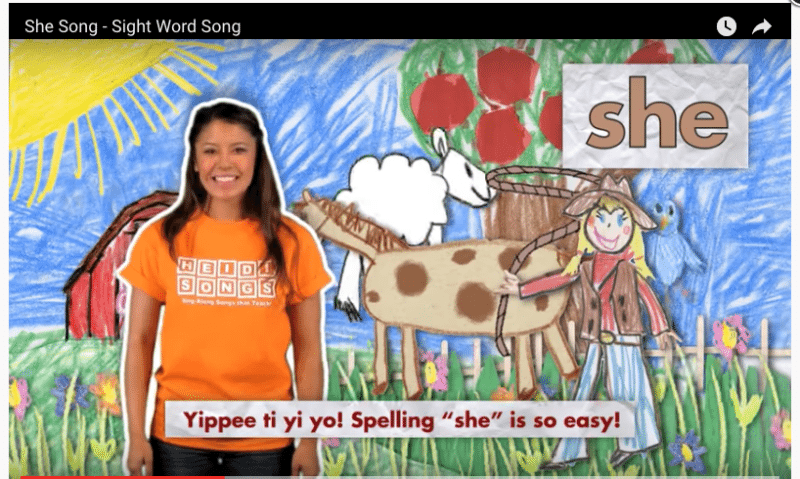
3. Use a phonics app that comes with manipulatives.
There are many tools available to build literacy skills, but how do you choose the best one? We like Square Panda because it comes with a playset that includes 45 smart letters. Kids can see and hear words and sounds as they learn phonics through the multisensory experience of touching, holding and playing with the physical letters. And best of all? All of the different learning games are not only fun, they are grounded in educational research. Check it out at Square Panda.
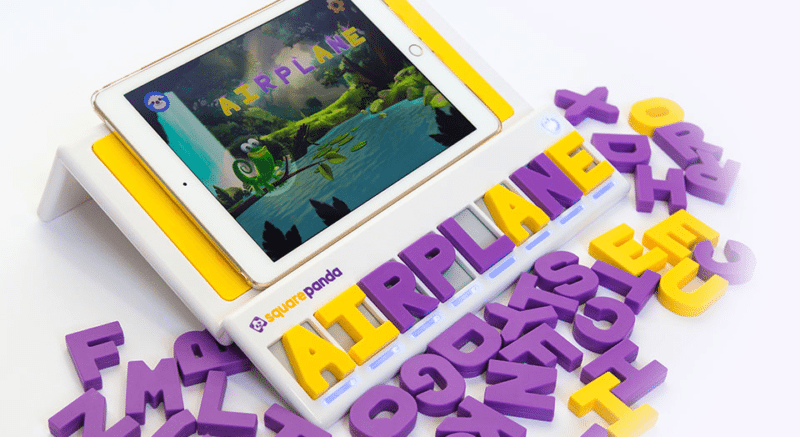
4. Learn to write letters and numbers.
Using technology to learn handwriting may seem counterintuitive, but there are some really great apps (at less than $5!) that take learners through the process step-by-step and make it feel more like a game than hard work. And we all know that perfecting those letters and numbers takes practice, practice, practice!
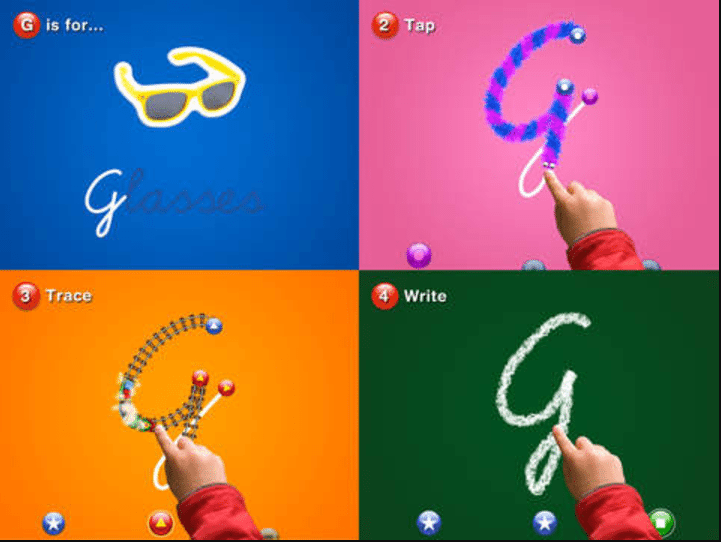
5. Do an interactive word search on your smart board.
Use your interactive whiteboard to make learning feel more like a game show. Check out this video of a class working on a phonics lesson about letter sounds. When the teacher calls out a letter, the kids respond with the sound of that letter. Then she asks for volunteers to come up and circle a picture that begins with that sound. The letters and pictures can be changed out so that the learning is always fresh and the kids are engaged in searching for new information.
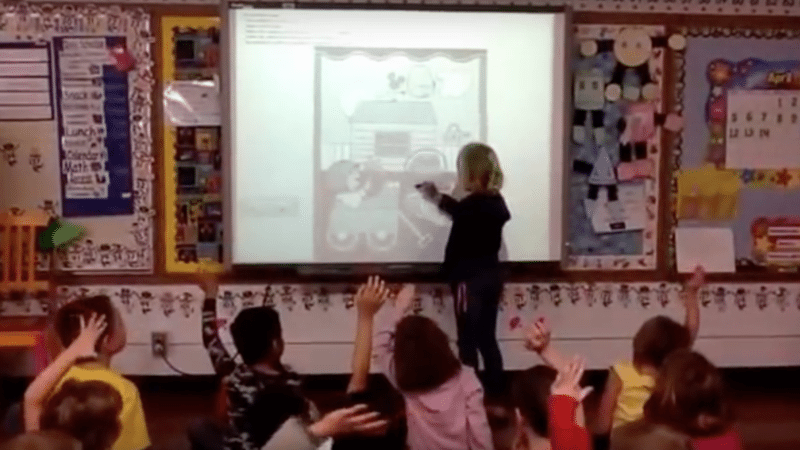
6. Produce a video.
Use a mini-camcorder or even your smartphone or iPad to film your students performing a readers theater. In addition to the plethora of literacy skills they are building, the added dimension of being in front of the camera (or behind it, as the videographer) adds an extra dimension of fun and engagement. Watch these adorable performances on YouTube.
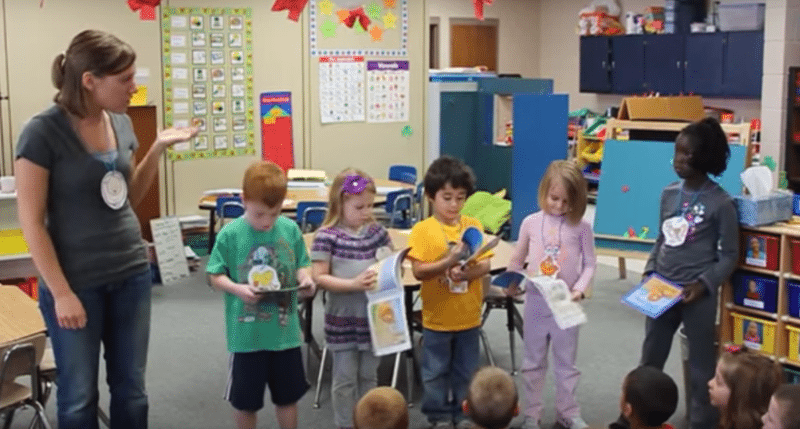
7. Make and use QR codes.
QR (quick response) codes are scannable images that give you information. They are a fun and easy way to get your kids engaged in practicing skills and learning new information. All the kids need is an iPad with a scanner app. (There are many options out there—just search “QR scanner” in the app store.) And creating the QR codes is fairly simple. Here is a freebie how-to from Lucky Little Learners. The possibilities for using QR codes are limited only by your imagination! Some ideas: Your kids could use them to be Beginning Sound Detectives, go on a Sight Word Scavenger Hunt or practice counting into the teens.
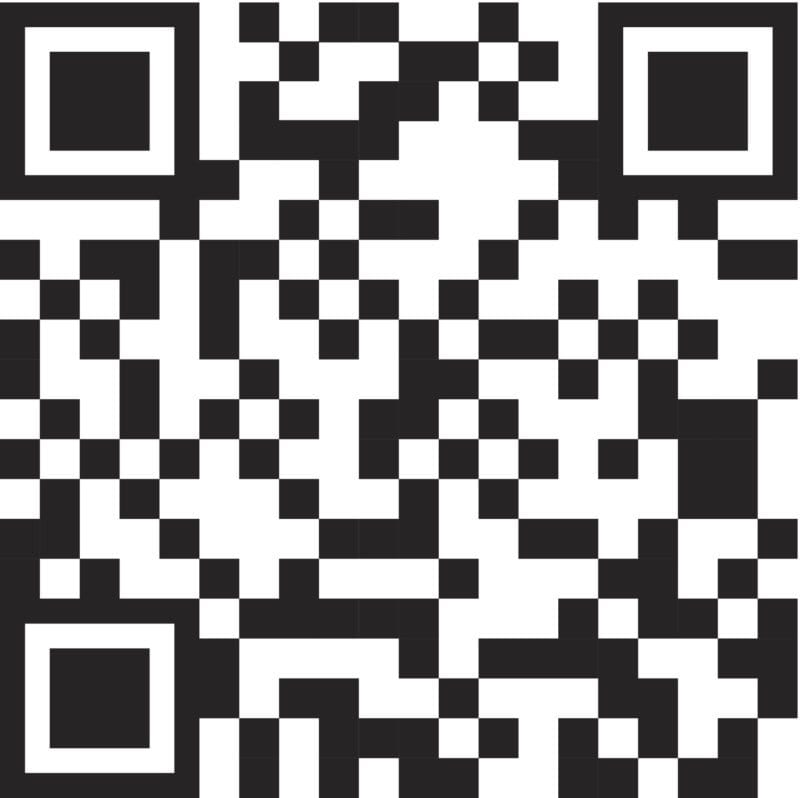
qr code vector
8. Design lessons with augmented reality.
The potential for augmented reality as a teaching tool is huge! It gives children easy access to direct instruction, even when the classroom teacher is tied up working with another student, and is simple enough for even the youngest students to use. Think of augmented reality as one step beyond QR codes. Instead of scanning a QR code, students scan an image (which you create) to access a video. This lesson from Technology in Early Childhood uses augmented reality to teach number formation by playing recorded videos of number poems when a student scans a specially prepared number card. This lesson could easily be adapted for letter formation or sight words, rhyming words or grammar rules such as: “When two vowels go a-walking, the first one does the talking.” For step-by-step directions on creating the trigger images and videos, click here.
